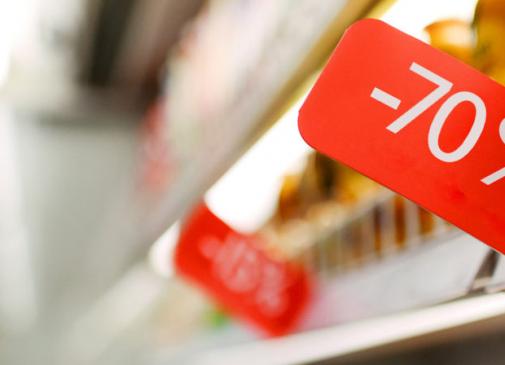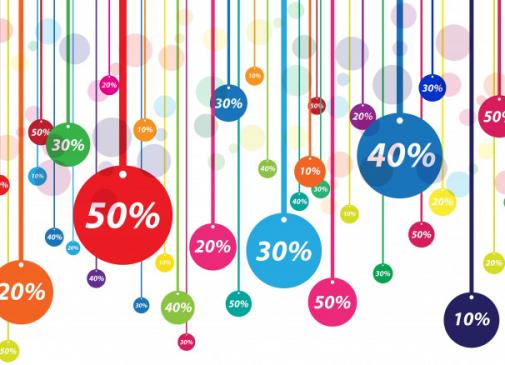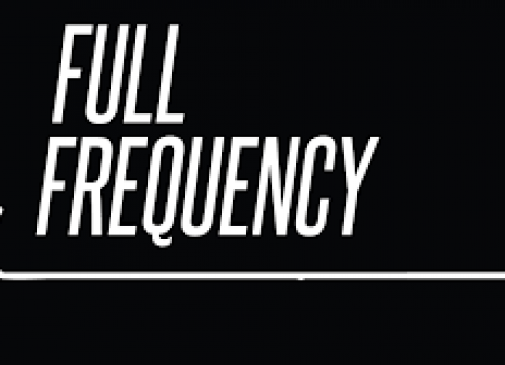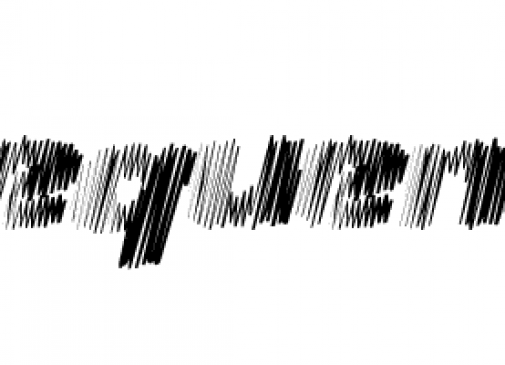The accelerating online revolution is dealing a nasty blow to traditional high street stores as nearly 20 percent of shops in the North of England are empty, which is twice as much as in the country's southern town and cities. The increased presence of retailers at both the ‘value’ and ‘premium’ end of the brand spectrum also have contributed to the general change of the high street landscape.
The accelerating online revolution is dealing a nasty blow to traditional high street stores as nearly 20 percent of shops in the North of England are empty, which is twice as much as in the country's southern town and cities. The increased presence of retailers at both the ‘value’ and ‘premium’ end of the brand spectrum also have contributed to the general change of the high street landscape.
Retailers also blame out-of-town supermarkets, online shopping, expensive parking and high business rates for a slow decline of high street shops. And while the capital city London still holds its ground with a relatively low vacancy rate of 8.7 percent, recent reports demonstrate that as many as 20 percent of all surveyed shops have been vacant for over three years. It’s a big question who will take over these vacant retail promises.
Feeling the squeeze
One of the triggers of the shift in high street landscape is the growing number of pound shops, charity shops, fast food chains and other convenience stores such as betting and coffee shops. This proves to be a real challenge for the traditional high street stores. The value store is consistently expanding its territory, including the larger towns where its is turning into a regular feature on local high streets, alongside “pop-up” shops which tempt smaller retailers with the advantage of short-term lets.
According to the report from 2014, more than 20 towns in the UK have a ‘value store’ presence of over 20 percent. The shift in consumers' shopping habits is taking its toll on the leading supermarkets Tesco, Morrisons and Sainsbury as all three of them report shrinking revenues. The blame for this has to be laid on discount chains such as Aldi and Lidl which keep attracting shoppers by offering good quality and value for money.
These changing consumer behaviours force high streets to evolve. According to experts, the growth of click-and-collect, the broadening consumer appeal of both value and premium brands, evolving grocery shopping habits and the continued expansion of food and beverage outlets have all impacted this change.
Town crier - high street's unlikely saviour?
What can traditional high street stores do in the face of this change, other than just passively watch their own demise? Sometimes they can get help from the top. In 2012, British TV guru Mary Portas was appointed by the UK government to bring about a revival in the areas that suffered most from the economic recession. The businesswoman and presenter was also hired to turn around town centers. So-called Portas Towns' received a handsome £100,000 ¬in government grants. If the first 12 Portas Pilot towns are anything to go by, then the presenter's recipe for a more vibrant high street includes more markets, better branding and pop-up shops. Among other ideas are ‘guerilla gardening’, street art, town criers and bicycle rickshaw services, all designed to make the vibe more quaint and nostalgic.
But it takes more than a retro rickshaw or a barrow boy to effectively compete against online retail ventures. It all boils down to business rates as store groups are struggling to keep their costs and prices down. At a time when online sales are soaring and traditional retailers are struggling, business rates are effectively a tax on the high street. Online stores, which do not have any brick-and-mortar premises, do not pay anything in terms of business rates. At the same time, the stationary store chains see their profits fall but still pay a lot more in business rates.
Sources: http://yahoonewsdigest-gb.tumblr.com/post/110053812943/problem-of-empty-high-street-shops-shows-clear;
http://www.dbm.today/shopping-habits-drive-high-street-change/;
http://www.dailymail.co.uk
Photo: wikimedia.org










